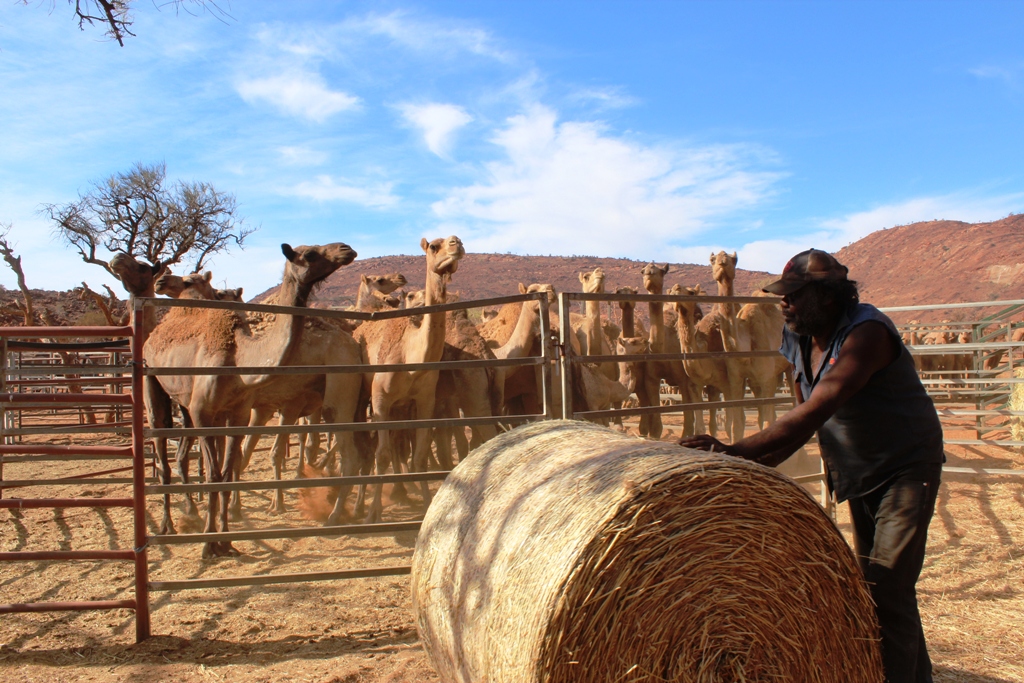Clinicians should be highly suspicious of HTLV-1 in patients who have travelled from central Australia and present with conditions associated with the virus
Doctors are calling for coordinated testing for the [Human] T-cell lymphotropic virus type 1 – or HTLV-1 – in indigenous communities in central Australia.
Researchers from the Baker Institute for Heart and Diabetes in Alice Springs estimate 45% of Indigenous adults in five central Australian communities have the virus.
Dr Sam Heard, medical director of the Alice Springs-based Central Australian Aboriginal Congress, the largest Aboriginal health service in the Northern Territory, said maternal-child transmission of the virus was “a real worry”.
HTLV-1, which attacks the immune system and is known as a distant, less virulent relative of HIV, was identified in central Australia in 1988, after first being described as endemic in Okinawa, southwestern Japan, in 1980.
Dr Heard said the virus “was not incompatible with a long life if you pick it up when an adult”.
“If you pick it up from maternal transmission, you have it your whole life and it is likely to have serious consequences.
“You see people here with chest infections like you wouldn’t believe, and they die when they are 20 to 25 from overwhelming recurrent chest infections.”
The virus, which is also believed to be transmissible through sexual contact, can go undetected and take a serious turn as the viral load mounts and opportunistic infection occurs.
It is associated with bronchiectasis, leukaemia, chronic inflammation of the spinal cord and other inflammatory conditions.
Dr Heard said he expected to see strong argument for an MBS-funded test for HTLV-1 in Australia, to detect the virus in newborns and to monitor the viral load in adults who have acquired HTLV-1.
“If people have got it from birth, (we’ll need to be) incredibly careful about keeping away infections, treating infections very early and throughout their childhood and early adult life, and be very, very aggressive about trying to halt infections,” Dr Heard said. “But it’s not easy.”
Japan is already trialling anti retroviral medicines for the virus and has had success in curtailing HTLV-1 through reduced breastfeeding in affected populations, centred on Okinawa.
“But (the virus) definitely has a bigger impact in an impoverished, highly infective environment that we have here, than it does in Japan,” Dr Heard said.
Associate Professor James Ward, of the South Australian Health and Medical Research Institute, said HTLV-1 testing should be included in ongoing work to stem sexually transmitted infections.
‘’I think we will have to start including HTLV-1 in efforts to bring down the very high prevalence rates of STIs in Aboriginal communities,” the head of the Institute’s Infectious Diseases Research Program, Aboriginal Health, said.
“We are working to address long-standing, unacceptably high rates of STIs, particularly in remote areas, and to prevent HIV escalating in these areas.
“To put it into context, we have a raging syphilis epidemic across the north and central Australia, and that outbreak has been spreading across those jurisdictions for six or seven years now.
“Over 2000 cases (are) attributed to the one outbreak and predominantly among 15- to 29 year olds – young people who are acquiring syphilis – also one of the oldest diseases around.”
With an estimated 5000 HTLV-1 cases in central Australia, Professor Ward said he would not be surprised if the virus was also identified over the border in South and Western Australia.
Clinicians should be “highly suspicious” of HTLV-1 in patients who have travelled from central Australia and presented with conditions associated with the virus, he added.
Indigenous Health Minister Ken Wyatt said commonwealth-funded research by the Kirby Institute on the impact and surveillance of HTLV-1 was still ongoing.
“This research continues today, to finalise the review, pilot a surveillance protocol and draft public health and clinical guidelines for management of HTLV-1,” the minister said in a statement.
“At the same time, the government has allocated $6.1 million to the Central Australia Academic Health Science Centre, with its first priority project to be a study addressing HTLV-1.”
Experts on HTLV-1 in Japan and Britain expressed shock after international media reported the lack of an existing testing regime in Australia.
“Central Australia has the highest recorded prevalence rate of HTLV-1 in the world. A 45% infection rate in communities is shocking to me,” Professor Graham Taylor, head of the National Centre for Human Retrovirology at Imperial College, London, told The Guardian.
In Japan, Professor Yoshi Yamano said Australia needed urgently to map the virus to know how far it had spread.


